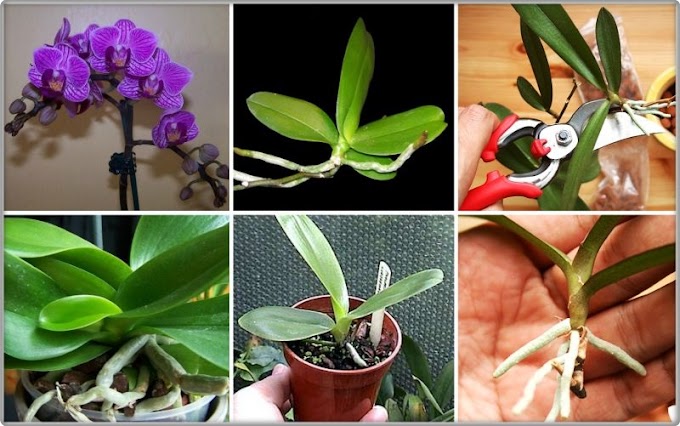Large, spiky leaves and large clusters of white flowers make yucca plants ideal for many landscape settings. The twenty or so yucca plant varieties that are native to the United States. feature bold architectural shapes, adding contrast to many other garden plants.
Common Varieties of Yucca
Southwestern types prefer dry, sandy soil and lots of sun. Southeastern yuccas tolerate moist soil as long as it drains well. Here are some common yucca varieties you might want to consider for your garden:
Banana yucca (Yucca baccata) – Banana yucca is a Southwestern native plant that needs very little water and no maintenance. The spiky leaves can reach heights of 2 to 3 feet (.6-1 m.). It can take several years for a banana yucca to bloom, and it often dies soon after the flowers fade.
Soapweed yucca (Y. glauca) – This is another Southwestern type. Soapweed yucca produces 3- to 4-foot (1-1.3 m.) flower spikes, loaded with large white flowers. It thrives when left to its own devices in a sunny location.
Beargrass yucca (Y. smalliana) – The leaves of this Southeastern native are softer than those of most yuccas, so they are safe to plant around people. Beargrass yucca is spectacular when in bloom, and flowers produce a strong fragrance in the evening.
Spanish Bayonet (Y. aloifolia) – Keep this Southeastern yucca away from walkways and places where children play. Spanish bayonet yucca produces three stems of varying heights, each filled with densely packed, rigid, sharply pointed spikes. It’s easy to see where this plant got its name. Expect dense flower clusters up to 2 feet (.6 m.) long in summer. The Spanish dagger (Y. gloriosa) is a closely related and equally dangerous plant.
Adam’s Needle (Y. filamentosa) – The 2 1/2-foot (.75 m.) long pointed leaves of this Southeastern native arise directly from the ground. The drama begins when the plant sends up a 6-foot (2 m.) flower stalk that holds an abundance of pleasantly fragrant, bell-shaped flowers. Like the Spanish bayonet, it shouldn’t be planted in areas where it may come in contact with people.
Common Varieties of Yucca
Southwestern types prefer dry, sandy soil and lots of sun. Southeastern yuccas tolerate moist soil as long as it drains well. Here are some common yucca varieties you might want to consider for your garden:
Banana yucca (Yucca baccata) – Banana yucca is a Southwestern native plant that needs very little water and no maintenance. The spiky leaves can reach heights of 2 to 3 feet (.6-1 m.). It can take several years for a banana yucca to bloom, and it often dies soon after the flowers fade.
 |
| Yucca baccata |
Soapweed yucca (Y. glauca) – This is another Southwestern type. Soapweed yucca produces 3- to 4-foot (1-1.3 m.) flower spikes, loaded with large white flowers. It thrives when left to its own devices in a sunny location.
Beargrass yucca (Y. smalliana) – The leaves of this Southeastern native are softer than those of most yuccas, so they are safe to plant around people. Beargrass yucca is spectacular when in bloom, and flowers produce a strong fragrance in the evening.
Spanish Bayonet (Y. aloifolia) – Keep this Southeastern yucca away from walkways and places where children play. Spanish bayonet yucca produces three stems of varying heights, each filled with densely packed, rigid, sharply pointed spikes. It’s easy to see where this plant got its name. Expect dense flower clusters up to 2 feet (.6 m.) long in summer. The Spanish dagger (Y. gloriosa) is a closely related and equally dangerous plant.
Adam’s Needle (Y. filamentosa) – The 2 1/2-foot (.75 m.) long pointed leaves of this Southeastern native arise directly from the ground. The drama begins when the plant sends up a 6-foot (2 m.) flower stalk that holds an abundance of pleasantly fragrant, bell-shaped flowers. Like the Spanish bayonet, it shouldn’t be planted in areas where it may come in contact with people.



